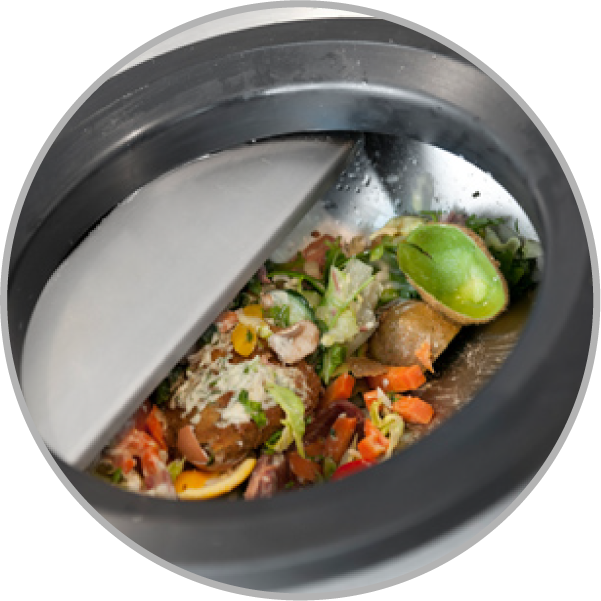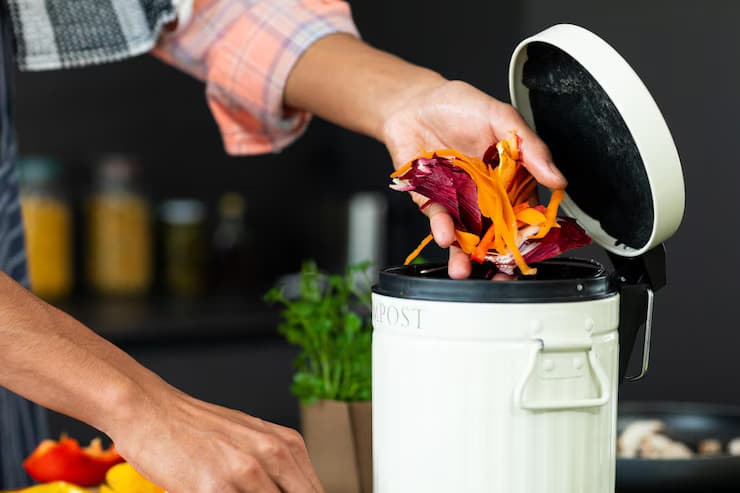Beyond the Bin: How Food Recycling Solutions and Industrial Grinder Machines Are Revolutionising Waste Management

Strong 8k brings an ultra-HD IPTV experience to your living room and your pocket.
For decades, food waste has been seen as an inevitable by-product of the food industry. Whether you’re managing a bustling restaurant kitchen, overseeing a hospital cafeteria, or running a food processing plant, waste has long been part of the daily routine—messy, heavy, smelly, and expensive.
The High Cost of Food Waste (That No One Likes to Talk About)
Let’s start with a reality check.
- The energy used to cook it
- The labour that prepped it
- The water used to clean it
- The packaging it arrived in
- The fuel used to haul it away
- In large-scale food operations, these costs pile up fast. In fact, studies show that food waste can account for up to 10% of total operating expenses in some facilities.
- Yet despite these numbers, many businesses still rely on outdated methods: bags, bins, and pickups that come far too frequently and cost far too much.
- That’s where modern food recycling solutions come in—not as a nice-to-have, but as a strategic upgrade that can reshape your waste line.
- Food waste is collected at the source—prep stations, return trays, dish areas.
- It’s fed directly into a food waste grinder, which shreds it into fine particles.
- From there, it can be directed into a deteriorating unit, dehydrator, or separator, depending on your setup.
The Unsung Hero: Industrial Food Grinder Machines
Why do businesses love them?
- They cut down the bulk of waste immediately
- They reduce odours by removing the “wet” part of the waste
- They improve hygiene by minimising time waste spends sitting in bins
- They save staff time and energy (no more hauling heavy bags through tight corridors)
- And with a grinder installed, you're not just collecting waste—you're controlling it.
From Waste to Resource: The Power of Recycling On-Site
- Dehydrated or separated food waste can be sent for composting, used in bio-energy, or even transformed into animal feed, depending on local regulations. Some facilities we’ve worked with have closed the loop entirely—turning waste into compost that goes back into gardens, farms, or landscaping projects.
- It’s not just about throwing less away. It’s about creating value from what used to be a liability.
- One client—a university campus in regional New South Wales—installed a Hungry Giant system and saw an 85% reduction in food waste volume. Better yet, they used the dehydrated output to fertilise on-site gardens that now grow herbs and vegetables for their own kitchens. A perfect cycle.
Who Benefits Most from These Solutions?
- Restaurants & Cafes: Improve hygiene and reduce staff workload
- Hotels & Resorts: Handle high-volume waste with minimal disruption
- Hospitals & Aged Care: Meet strict cleanliness standards while saving on disposal costs
- Schools & Universities: Create closed-loop systems that double as sustainability education
- Food Manufacturers: Manage byproduct waste efficiently while reducing landfill output
Real Stories, Real Results
- A hotel chain in Sydney reduced food waste disposal frequency from daily to twice weekly. Staff reported cleaner workspaces and happier housekeeping teams.
- A major stadium in Queensland installed industrial grinders and saw a 40% drop in food waste volume—during their busiest event season.
- A Melbourne catering company used the dry biomass from their dehydrator to partner with local composting farms, turning every event into an eco-friendly success story.
Why It’s Time to Rethink Your Waste Strategy
- They’re using industrial food grinder machines and intelligent food recycling solutions not just to stay compliant or save money—but to lead.
- They’re showing customers, investors, and regulators that they take sustainability seriously. That they care about their footprint. That they’ve moved past bin bags and into something better.
- And they’re doing it with the help of systems that actually work.
- Take the First Step Toward Smarter Waste Management
Is there a better way to handle our food waste?
Note: IndiBlogHub features both user-submitted and editorial content. We do not verify third-party contributions. Read our Disclaimer and Privacy Policyfor details.







